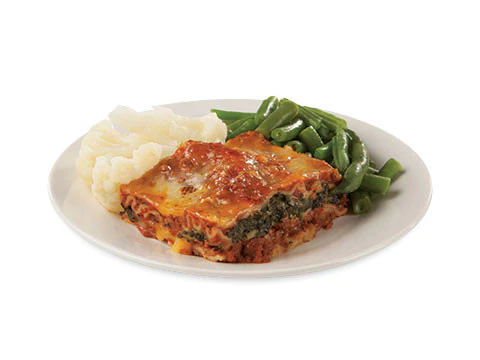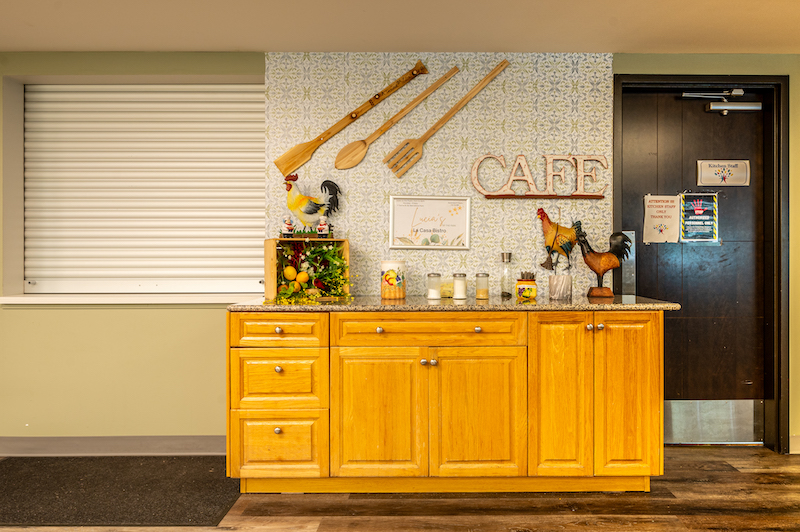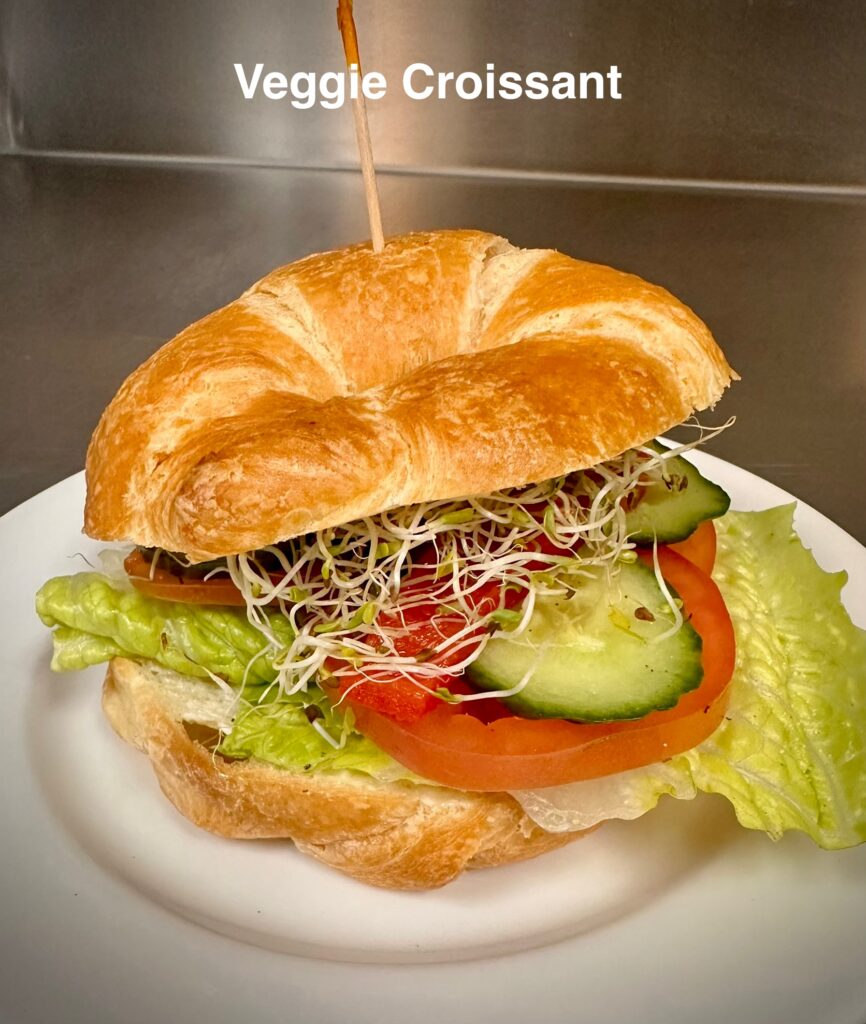Blog
A Fork in the Road of History
I volunteer at the 50+ Activity Centre, which caters to older adults. Every Thursday, I spend 4 hours washing the lunch service dishes and related pots and pans. It is both a service and a fundraiser activity. I want to support older adults who aren’t as fortunate as I am in terms of mobility and cognitive abilities. I, too, will probably need their services in my future.
I just finished doing an extra shift to support a scheduled wedding reception for over 50 people.
That’s a lot of cutlery; knives, forks, spoons, and dessert forks. That got me thinking about these tools. I know very little about how other cultures achieve the same level of success in feeding themselves at mealtime.
I know I use the ones I already mentioned. Some cultures lean toward chopsticks while others use their fingers to a greater extent. One isn’t any better or more right than another – they are just different. I once asked an Asian parent friend of mine at what age their children learn to use chopsticks. Their children achieved self-feeding at about the same age as my kids mastered the fork. Interesting.
My curiosity led me to check out one version of the history of the fork. Join me down this rabbit hole. It’ll only take a minute. OK, maybe 5 minutes.
Forks were already common in the Middle East by the 7th century and widespread in Byzantine by the 10th century. From there they travelled to Europe. The foundation of medieval dining was shattered when a Princess arrived in Italy, specifically in Venice, and showed off her fork, which she had discovered during her travels.
It didn’t take long for the Holy Roman Empire to catch wind of this new-fangled device. Some clergy are reported to have claimed it as an excessive and unnecessary luxury. They argued the point that God had provided humans with natural forks. They were called fingers. Therefore, forks were an affront to divine providence.
To help avoid change, another perspective suggested that the use of forks was unmanly. This only slowed the uptake of forks. By the 14th century, they were becoming common in Italy.
One of the Medici women married King Henry II, introducing the fork to the French Court. Change was still slow.
It all started with a little bit of international travel.
Please give this a bit of a think. What excuses for change have you heard about? I’ll give you a couple that stick in my mind. “We can’t have women bus drivers as they are too emotional.” Yes, I heard that with my own ears. Or how about, ‘it’s only a passing fad. It isn’t practical. It’ll never catch on.’ I think that one was in the context of the first cell phone or talking pictures – or maybe both.
I am curious about your thoughts. Please comment below or send me an email with your bit of a think.
Photo by Brett Jordan on Unsplash
If you enjoyed The Blog, please share it with others. Thanks.
And my thanks to St. Albert’s 50+ Activity Centre for making this Blog possible.

Volunteer Blogger
glenn.walmsley@icloud.com










